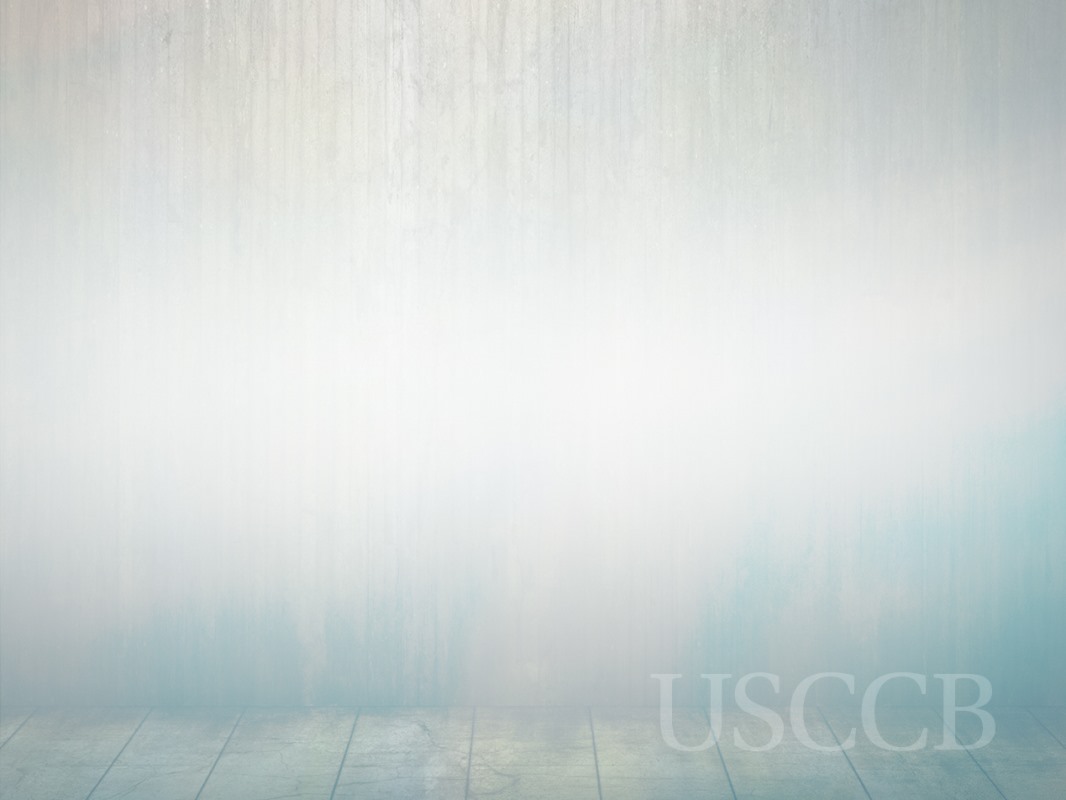

28
|
How to Cover the Catholic Church
the e-mail address of James Rogers, executive director of Public Affairs, is
jrogers@usccb.org .Technically Catholic News Service (CNS), a news agency formed by the U.S.
bishops in 1920, is part of the USCCB, placed administratively under the con-
ference’s Office of the Secretary of Communications. But it is financially and edi-
torially independent, and on the Web it has a separate domain. Its Web address
is
www.catholicnews.com . CNS officials and staff members can be reached by
e-mail using the address format
<first initial plus last name>
@catholicnews.com .USCCB MEETINGS
The highest authority in the USCCB is the general membership. It meets
Monday through Thursday of the second full week of November in
general
assembly
(in Washington for many years; in Baltimore since 2006). It also
holds shorter general assemblies most years on a Thursday-through-Saturday
in mid-June (changing in 2009 to a Wednesday-through-Friday). The spring
assemblies are usually devoted more to discussion and reflection than to a
business agenda. About every three to four years, the spring general assem-
bly is replaced by a retreat-style
special assembly
for prayer and reflection,
at which ordinarily no USCCB business is conducted. The spring meeting site
varies from year to year.
Retreat-style special assemblies are closed to the media. General assemblies,
spring or fall, are open to accredited media except for when the bishops meet in
executive session or substitute prayer or reflection time for business sessions.
The basic agenda for USCCB general assemblies is determined about
two months in advance by the next-highest authority in the conference, the
USCCB Administrative Committee. Composed mainly of the conference offi-
cers (president, vice president, treasurer and secretary), chairmen of stand-
ing committees, and elected representatives of the 15 USCCB regions, the
Administrative Committee meets just before the fall assembly and has at least
two other business meetings each year, typically in March and September.
These meetings are not open to media.
Retired bishops can voice their opinions but have no vote at USCCB
general assemblies. They can serve on USCCB committees but cannot chair
them. They cannot be conference officers. Auxiliary and coadjutor bishops
have a vote in most matters, but only bishops who head dioceses can vote on
national collections and issues of diocesan financial support for the USCCB.
Auxiliaries and coadjutors can serve on committees and chair them and can
be conference treasurer or secretary, but only diocesan bishops can hold the
offices of president and vice president.

















